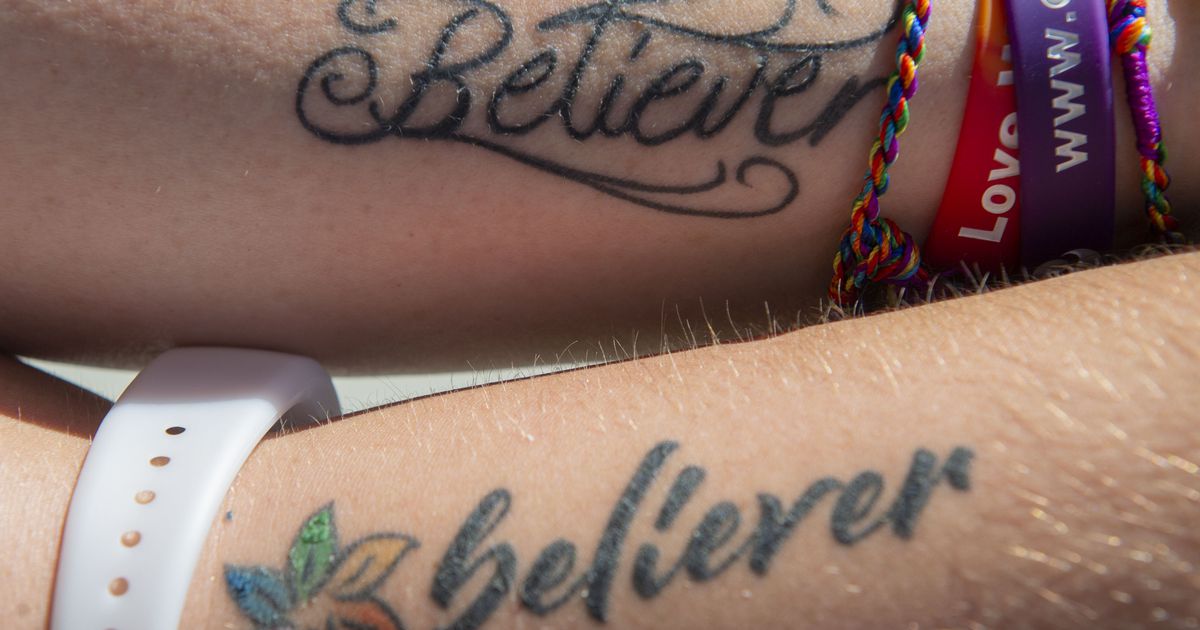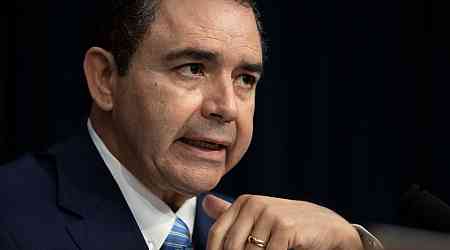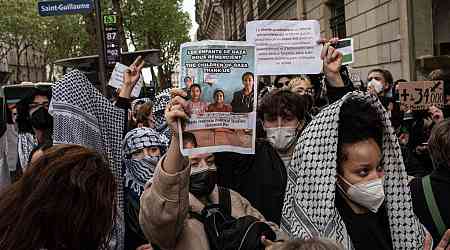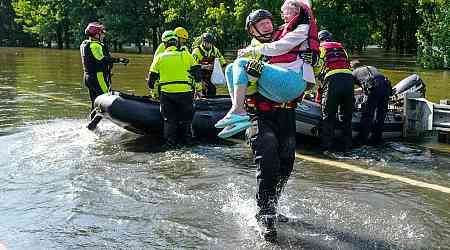One of the outmoded practices still caroming around inside The Church of Jesus Christ of Latter-day Saints is an emphasis on proper physical appearance, what that appearance is and means, what it says about a person, what it perhaps unintentionally, perhaps not, enables in terms of making judgments about others.
Exhibit A is the Church Educational System’s “Dress and Grooming Principles and Expectations,” a recently updated, though still stunningly antiquated, set of rules applied at Brigham Young University and other church schools as a part of a wider-ranging Honor Code. That code is a behavioral standard that includes proscriptions regarding what students and faculty can wear, how they can style their hair, what hair they can grow on their heads, how they can appropriately present themselves.
The standard reads like this: “Each student, employee, and volunteer commits to:
• “1) Represent the Savior Jesus Christ, the church, and the Church Educational System.
• “2) Preserve an inspiring environment, without distraction or disruption, where covenants are kept in a spirit of unity so the Holy Ghost can teach truth.
• “3) Promote modesty, cleanliness, neatness, and restraint in dress and grooming.
• “4) Maintain an elevated standard distinctive to educational institutions of the Church of Jesus Christ.”
Expectations are then given, with an overarching note that “application of these principles is not limited to the expectations listed.” That implies a stricter application on occasion.
Here is what’s officially listed. Dress for men and women, it states, should:
• “Be modest in fit and style. Dressing in a way that would cover the temple garment is a good guideline, whether or not one has been endowed. Accommodation may be made for athletic participation.
• “Be neat and clean. Sloppy, overly casual, ragged, or extreme clothing is not acceptable.
For grooming, it adds:
• “Hair should be clean, neat, modest, and avoid extremes in styles and colors.
• “Men’s hair should be neatly trimmed. [Elsewhere it indicates hair should be short.] Men should be clean shaven. If worn, mustaches should be neatly trimmed.”
CES standard is not the church standard
Mixed into all of the above is the implication that those who do not wear clothes according to the standard, those who wear their hair differently, those who sport beards, essentially anyone who looks different than the properly washed is not representing Christ, is not preserving an “inspiring environment,” is not promoting “modesty, cleanliness, neatness, and restraint.”
Which is to say, Latter-day Saints — and non-Latter-day Saints — who don’t dress a certain way or look a certain way may be less than those who conform. That is a dangerous message to send, especially for a worldwide church that spans a thousand cultures that assign completely different meanings to different physical characteristics.
Let’s make it clear: The CES standard is not the official church standard, but it emanates with the blessing of top church leadership and creates a wave that is too often felt all around, on every Latter-day Saint shore.
It smacks of a church based in Utah, run in large part by old white men, applying their biases about bygone beatnik and hippie movements, seeing long hair and sideburns and beards and hair colors as some kind of rebellion, as a threat to the stability of sound traditions of good, clean living and good, clean faith.
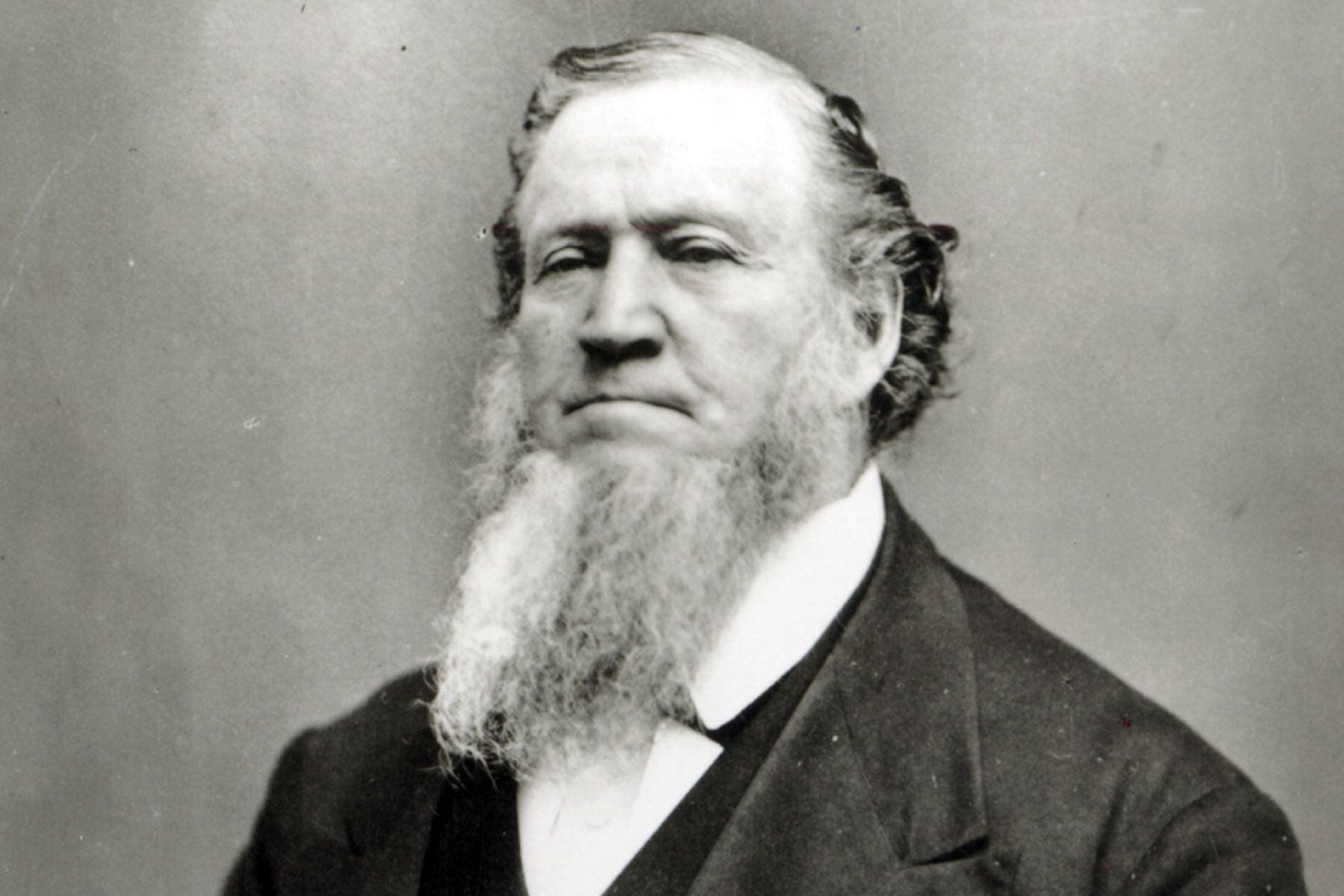
The irony there is that some of those traditions don’t go back very far. Many former Latter-day Saint prophets and apostles wore beards, wore longer hair, hair that was not “neatly trimmed.” It has long been a source of mockery that Brigham Young wouldn’t have passed muster, with his styles of choice, to qualify for attendance at the school named after him. And those paintings of Jesus that hang in church foyers show he, too, would not have made the grade. He, therefore, wouldn’t, according to the dress and grooming standard above, be representing himself appropriately.
Which is just plain stupid. Forgive the crassness of that term, but it’s the truth. Scripture says God looks on the heart, not on the outward appearance. It’s time for church leaders and members to do likewise.
It’s understood that there are companies, militaries, organizations that require a certain look. That’s their business. But those outfits are not — and do not claim to be — God’s true church, reaching out to all of God’s children.
Across the church, it seems as though some of these “higher standards” are being “downgraded.” We can only hope. Individuals who have tattoos, for instance, and multiple piercings or who have dyed their hair varying shades of colors may still be judged in Latter-day Saint culture, but they aren’t violating Latter-day Saint dogma.
Judge not
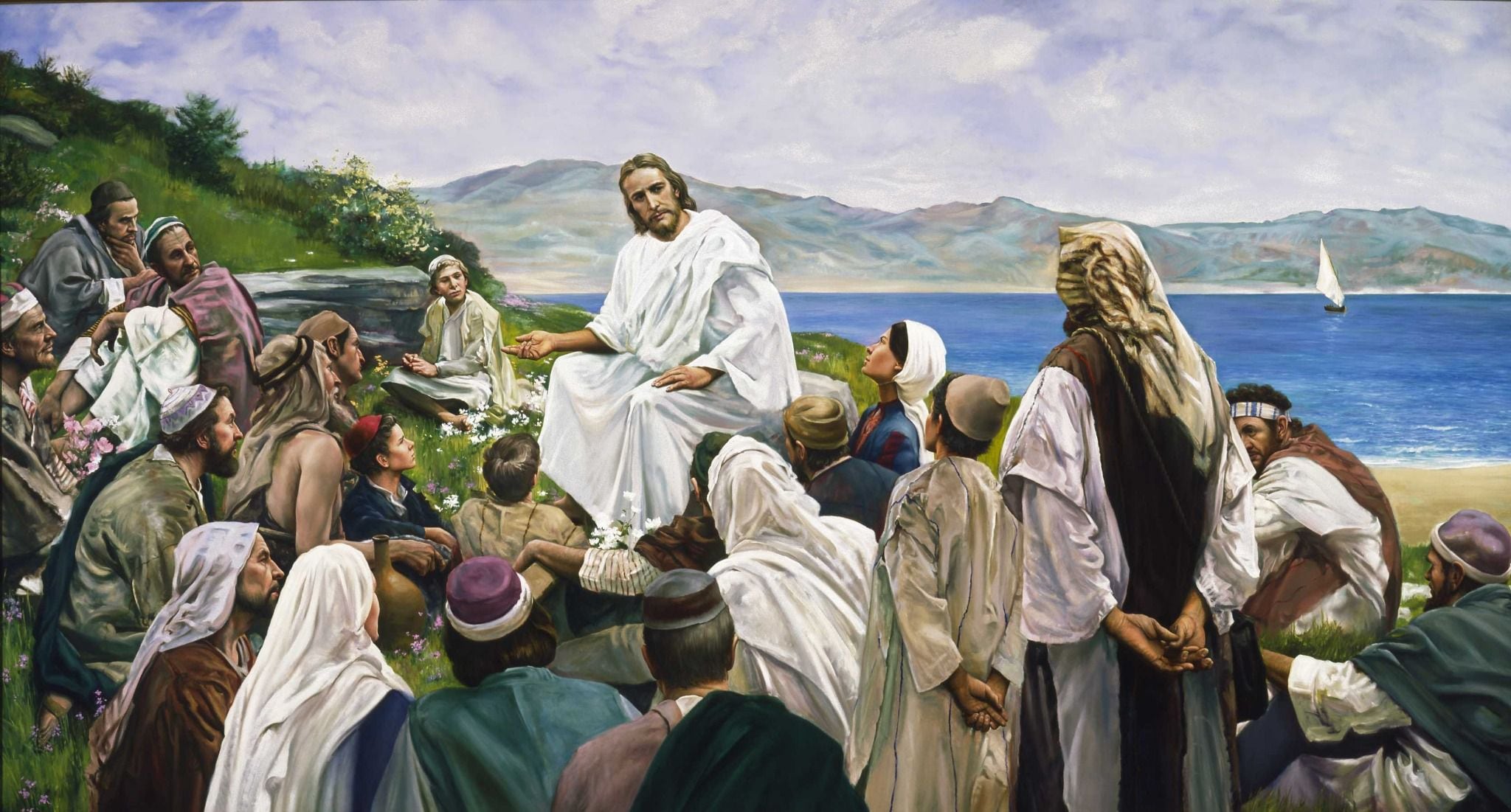
It’s easy to believe that such judging brings greater condemnation than the ridiculously perceived offenses — and that the “spirit” can dwell just as comfortably in the body of one with pink or green hair as one with brown or blond locks.
I have a close friend who wears a small tattoo on her arm that includes two olive branches, a number of olives and numerous leaves. Each represents something meaningful in her life — family members, peace and the tranquil, charitable example of Jesus. And yet, she still sees the glances at and away from her arm, the rolls of the eyes of those who see themselves as more righteous for not having a tattoo.
So it is in the implementation of such dress and grooming standards — and the proclamation of their importance in some church corners, the mere implication in others — that some Latter-day Saints continue to judge. They size up and value others by the way they look, not by the way they act, not by the way they serve, not by the way they love.
That’s not the way Jesus goes about his important eternal business. It might be time — no, it is time — for the church that professes to belong to the bearded (at least in much of its art) King of Kings to do it a better way, to do it his way.

Editor’s note • This story is available to Salt Lake Tribune subscribers only. Thank you for supporting local journalism.


















